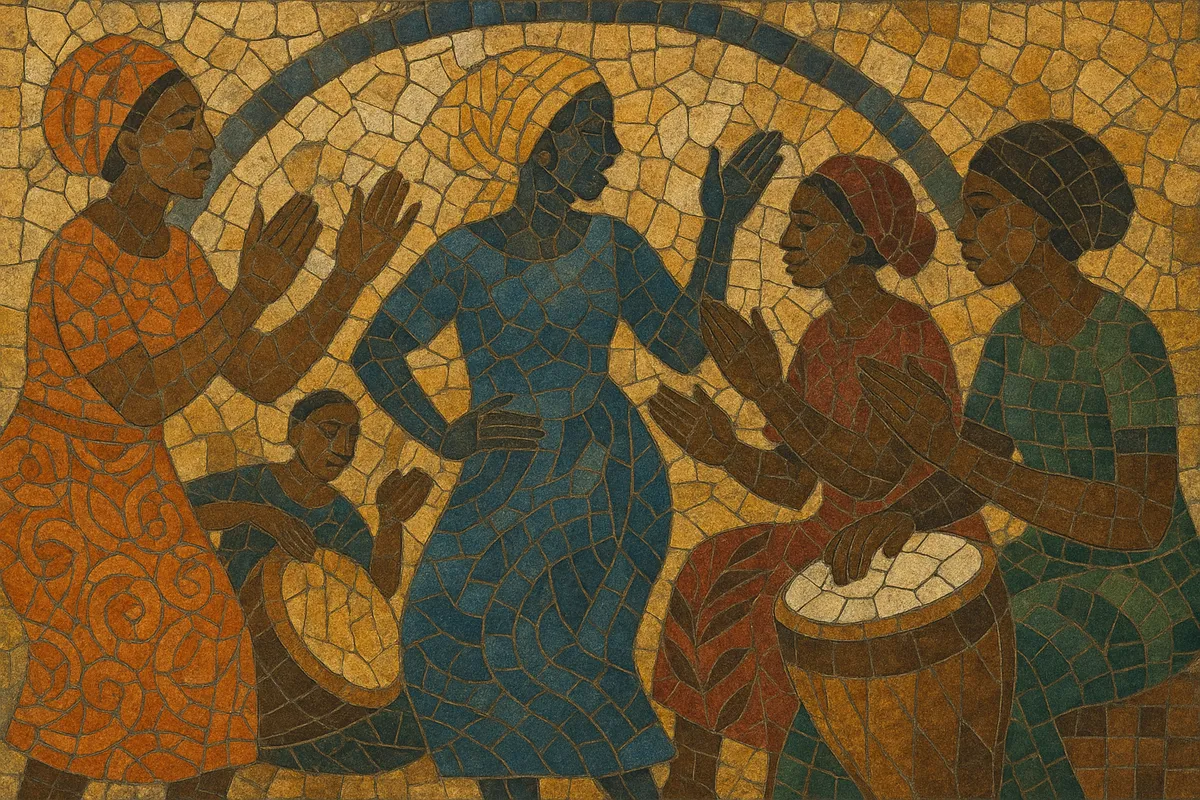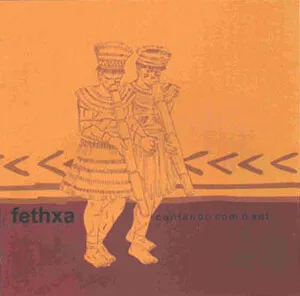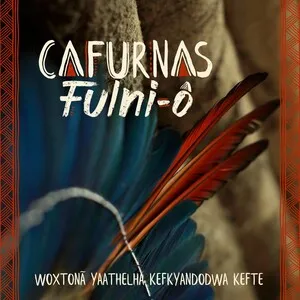Unakesa is a coastal Swahili ceremonial song-and-dance style associated with all‑night community gatherings (kesha) and wedding festivities across Tanzania’s seaboard and the Zanzibar archipelago.
Characterized by insistent handclaps, frame drums, and call‑and‑response vocals in Kiswahili, it bridges intimate women‑led circle songs and broader community celebration. Melodically it borrows the ornamented, maqam‑aware phrasing of taarab while retaining the earthy pulse of local ngoma traditions and the light, quick dance feel heard in kidumbak ensembles. The overall effect is both social and instructional—songs can be teasing, advisory, romantic, or celebratory—designed to keep bodies moving through the night.
Unakesa grew within Swahili coastal communities as a practical and social music for all‑night vigils (kesha) and wedding cycles. It emerged alongside Zanzibar and coastal Tanzania’s established genres—especially taarab (with its Arab‑Indian Ocean melodic sensibilities) and kidumbak (small‑ensemble dance music). Local ngoma drumming traditions provided the kinetic base and communal call‑and‑response structure that allowed the songs to function for hours.
As taarab orchestras and club culture (e.g., musical clubs in Zanzibar and Tanga) expanded, unakesa absorbed their melodic vocabulary while staying informal and participatory. Women’s circles and neighborhood groups refined song repertoires that balanced playful, risqué advice with courtship and celebration, keeping the music central to coastal rites of passage.
Urbanization and amplification brought modest changes—lighter percussion sets, portable drums, and occasional melodic instruments (violin, accordion, oud) appearing at larger events. While unakesa remains a community practice rather than a commercial category, its rhythmic language and performance context fed into later Tanzanian street‑party styles. In Dar es Salaam, the wedding‑party and ngoma continuum that includes unakesa informed faster, rawer scenes, helping set the social and rhythmic ground for styles like mchiriku and, later, singeli.




%2C%20Cover%20art.webp)
